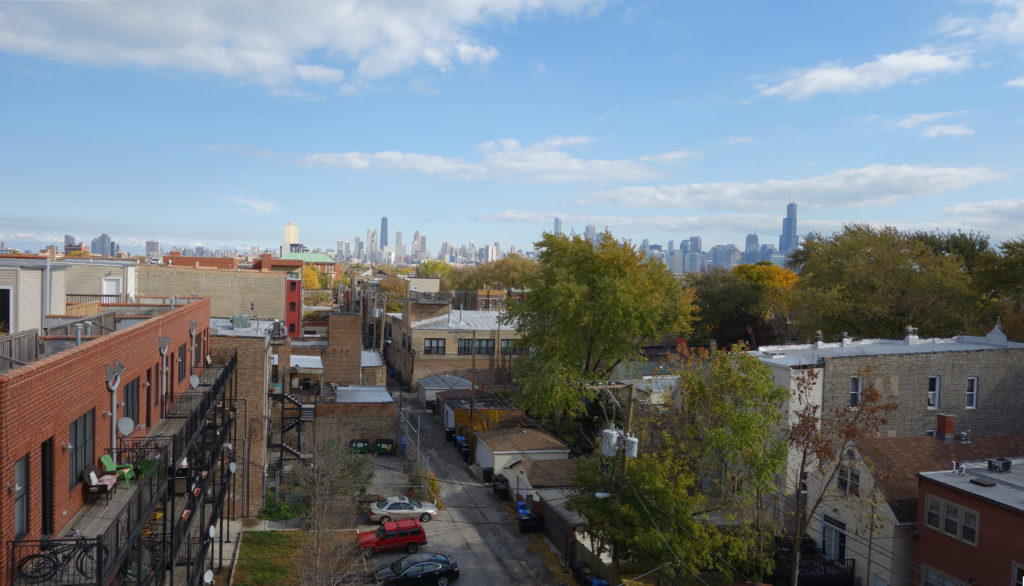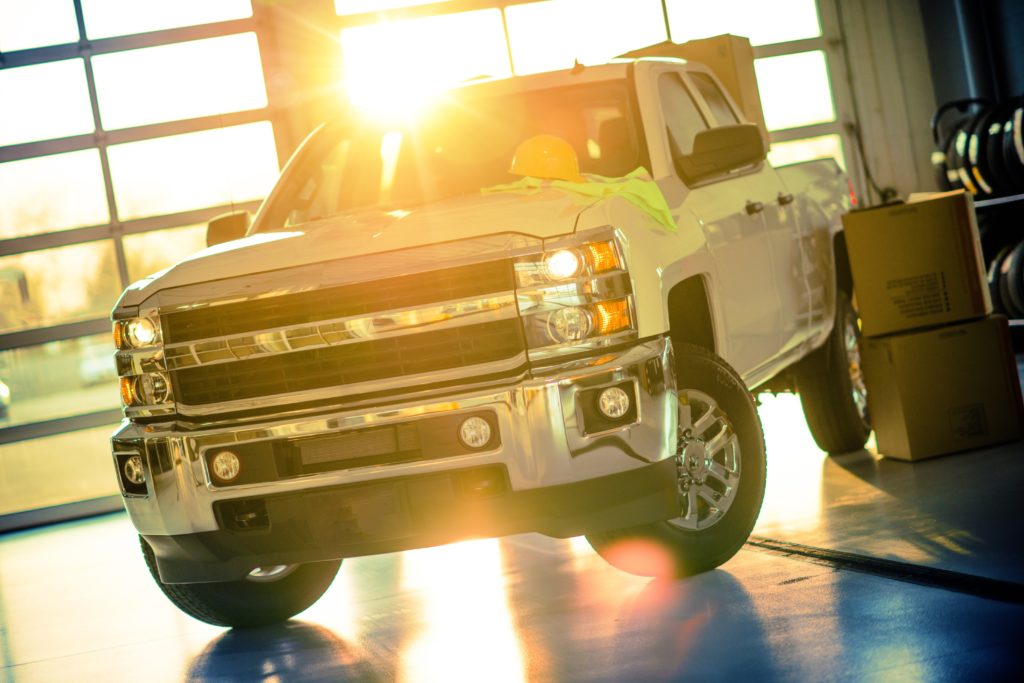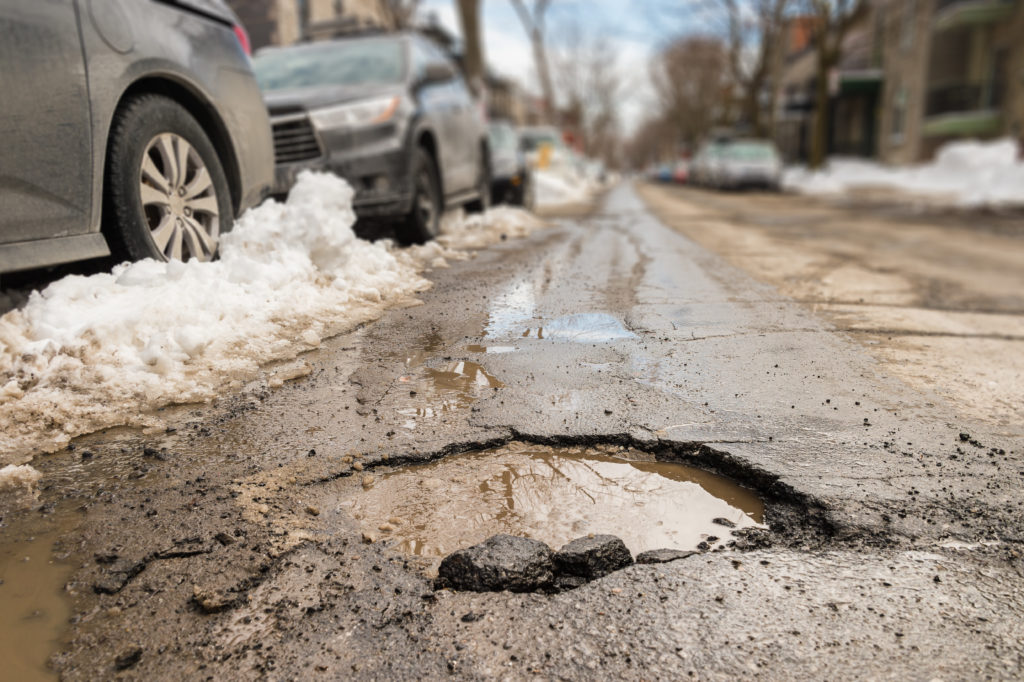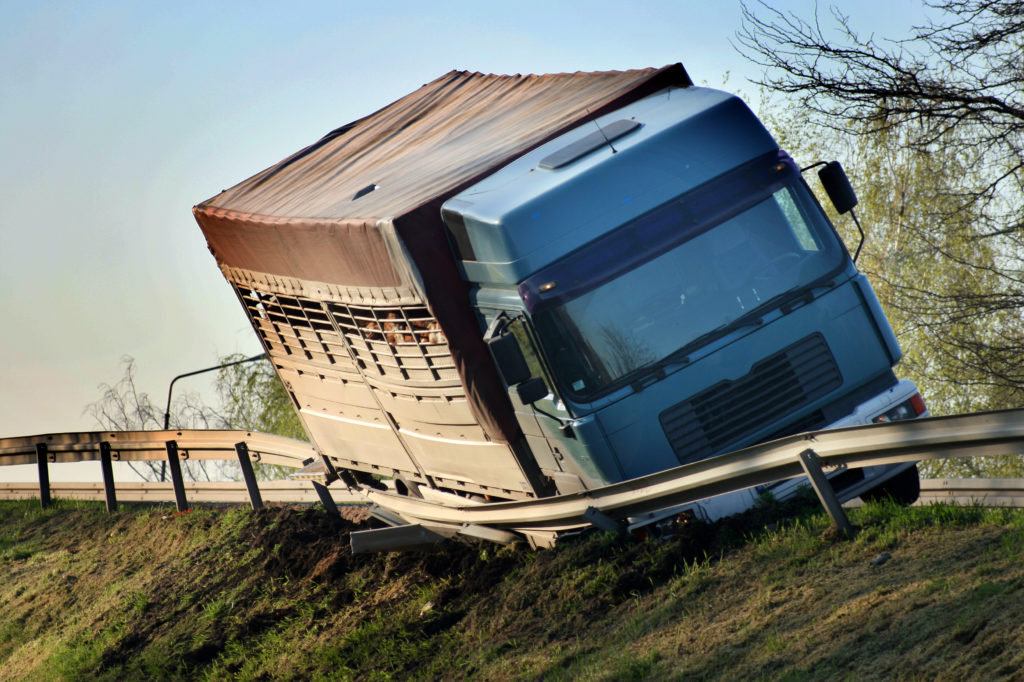
Mayor Lori Lightfoot and the city of Chicago recently announced a West Side Vision Zero Traffic Safety Plan, which aims to address the prior administration’s intent to create a comprehensive infrastructure plan based on “crash data to identify 43 high crash corridors and eight high crash areas in Chicago,” according to SmartCitiesWorld, an online publisher specializing in infrastructure analysis. The new plan comes on the footsteps of the city’s announcement that it would spend $6 million on establishing proper infrastructure and safety on the West Side of Chicago. As part of this initiative, the Chicago Department of Transportation (CDOT), recently installed pedestrian islands at the intersection of Madison St. and St. Louis Avenue. This announcement and the work soon to begin on the West Side is all being done under the City’s Vision Zero Chicago initiative, part of a global movement that addresses fatal infrastructure issues throughout cities with the belief that crashes can be easily avoided so long as the proper infrastructure is in place.
According to the Vision Zero Principles the city prominently displays on its website, the new initiative sets out to adopt and implement specific plans that match accordingly to high crash areas. As discussed above, the recent pedestrian islands that were installed on the West Side are just the beginning of acknowledging and trying to alleviate the injuries likely to occur in neighborhoods with dangerous infrastructure issues. Overall, actions such as these fit under the umbrella of the City’s ultimate goals which it declares are to:
- Invest equitably in communities that are most affected by severe traffic crashes.
- Work to change behaviors and perceptions to build citywide culture of safety.
- Make streets safer for all users.
- Encourage and implement policies, training, and technologies that create safer vehicles and professional drivers.
All of this goes to say that Chicago understands there are communities that have long been neglected when it comes to issues such as infrastructure; and the West Side is certainly one of those communities. As the initial high crash data showed, seven of the eight high crash areas were located on the West and South sides of Chicago. With the introduction of this new plan, residents of these communities will be receiving long awaited uptick in public safety standards that will render the roads and sidewalks far safer for all.
The West Side Initiative
Although the official plan has yet to be posted to the City’s dedicated website for this topic, Streetsblog Chicago wrote an analysis of what can be expected. “The Vision Zero West Side Plan includes 15 strategies to improve traffic and pedestrian safety in East and West Garfield Park, North Lawndale and Austin. The recommendations include safety improvement around transit stations; efforts to promote walking and biking to school.” Overall, the new plan appears to go all in on alleviating a lot of the issues that have plagued this part of the City for years. What makes this plan different than other projects that have been announced in the past is the fact that it truly is comprehensive and input from community leaders on the West Side and all around the city have been taken into consideration. For example, in creating the West Side initiative, the CDOT worked with the Garfield Park Community Council, the North Lawndale Community Coordinating Council, Lawndale Christian Health Center, Build, and Austin Coming Together.
While the plan that has been proposed appears to be all about public safety policy, there’s more to it that CDOT is hoping truly transforms how people travel on the West Side and engage with their community. For example, while traffic safety is a key part of the initiative, the plan also calls for job creation and an increase in quality of life. One way it aims to achieve these two goals is through allowing residents to feel safe walking, biking, and using public transportation. While such things and fixing light poles and cleaning up transit areas seem small, the reality is that actions such as this make individuals more likely to use means other than driving for transportation purposes. As we have repeatedly addressed, the more individuals on the roads and increasing the odds of traffic throughout the city, the more crashes and injuries that will result so long as infrastructure issues remain.
Ultimately, this new initiative may appear to be no more than a pipe dream for communities that have long been promised change throughout the city, but the real hope remains that CDOT will hold to its plan and transform parts of the city and will keep those on the road safe, and the residents in the community much safer.




